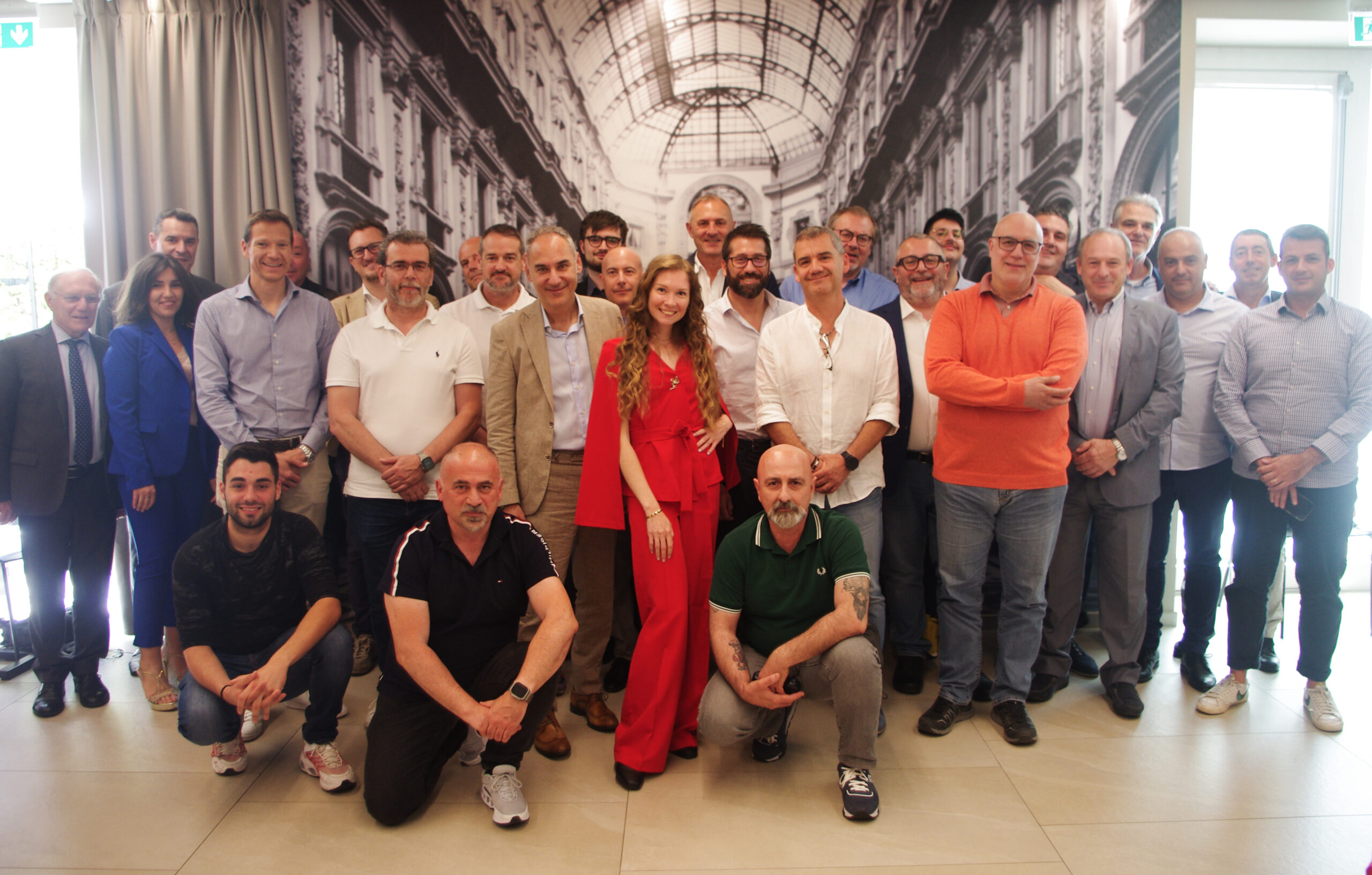The approach to Industry 4.0 or Smart Factory is a must for any company in the sector that wants to prosper in an environment marked by digitization. However, when it comes to taking the step, there are many doubts that arise on the part of those responsible for it. To help you clear them up, we bring you everything you need to know to provide your factory with the right WiFi connectivity, an element of prime necessity in the Fourth Industrial Revolution.
What is Industry 4.0 or Fourth Industrial Revolution?
Industry 4.0 or Fourth Industrial Revolution is a concept that was introduced by Klaus Schwab, founder of the World Economic Forum (WEF), in 2016. Broadly speaking, it is about the joint and complementary work of new technologies in production processes to achieve ever more ambitious goals.
This “creates an environment in which virtual and physical manufacturing systems cooperate flexibly with each other on a global scale”. This blurs the existing boundary between the two worlds.
Among the technologies that make Industry 4.0 possible, we have artificial intelligence, internet of things (IoT), robotics, cloud computing, big data, nanotechnology, advanced WiFi connectivity and many more disciplines.
Although the role of these technologies is fundamental, we must not forget the human side of Industry 4.0. In fact, Schwab himself states that people must come first in the digitization process, which must materialize to empower people. Solutions made by people for people.
To be a success, the Fourth Industrial Revolution must be based on the collaboration of all the actors involved, making it possible for everyone to adapt and, therefore, for governments to continue to drive this change.
Why is connectivity key to the development of the smart factory?
As you can deduce, data is an essential part of this industrial evolution, so it is crucial to have solutions that enable their collection, processing and exchange to unprecedented levels. WiFi solutions are undoubtedly one of them. That is why we want to show you all the potential they have to accomplish this goal.
To further highlight the influence of connectivity in Industry 4.0, we analyzed the method for assessing the level of digital maturity of industries developed by Acatech Study. It distinguishes 6 degrees of maturity. Starting with the most basic, these are:
- Computerization: automation of the simplest operations has been achieved, always within the physical environment of the factory itself.
- Connectivity: this is where we can already see an interconnection between the factory’s technological solutions, generating synergies.
- Transparency: based on the information provided through the application of new technologies, managers can make management decisions based on this information.
- Visibility: there is a capability for real-time data exchange between devices installed in the factory.
- Predictive capability: advanced data management provides insight into the most likely future scenarios.
- Adaptability: solutions are automatically readjusted as conditions and data collected change.
Therefore, an efficient connection is essential from the second degree of industrial digitization, so many factories must have solutions that make it possible.

How to connect the Smart Factory?
The very complexity of industrial environments means that the WiFi connection present in these environments must meet certain minimum requirements in order to satisfy all their demands. Among the main qualities that it must have, we find:
- Complete, seamless, low latency coverage in large spaces with numerous obstacles to the propagation of WiFi waves.
- Remote management of resources, being able to consult at any time the analytics provided. Cloud Computing is essential for this.
- Automatización de la gestión de los parámetros de la red, de manera que su desempeño siempre sea el mejor posible sin tener que estar constantemente pendiente de estos.
- Protection against cybercrime. There is no doubt that much of the information generated by the industry is highly sensitive, so it must be shielded to the maximum with appropriate cybersecurity measures. It is therefore necessary to apply standards such as WPA3 Enterprise. It is also necessary to detect attacks and minimize their effects.
- Devices adapted to withstand harsh environmental conditions (vibrations, temperatures, dust, humidity, etc.).
- Provision of contextual information on operations. For example, through real-time and historical geolocation of operators. In this way, actions such as human resources can be better planned.
With these 6 features, industries can confirm that they have a WiFi network that meets their needs and the requirements dictated by the current situation. Therefore, at Galgus we strive to create solutions to meet them.
Our CHT (Cognitive Hotspot Technology) makes the access points of the wireless infrastructure intelligent, constantly gathering information about network behavior and automatically optimizing their performance.
In addition, with Cloud Manager you can always be aware of what is happening on your network, regardless of where you are or what time of day it is. Location Analytics allows you to track the behavior of users who are connected (or not) to the network or in its area of influence.
Nor should we leave behind the fact that we have devices that are robust enough and prepared for harsh industrial environments, and that, beyond physical protection, our solutions will defend you from malicious attacks.
As you can see, at Galgus we have a wide range of alternatives for your smart factory to promote connectivity and take advantage of the benefits of Industry 4.0. Shall we talk about them and how they adapt to your company?









